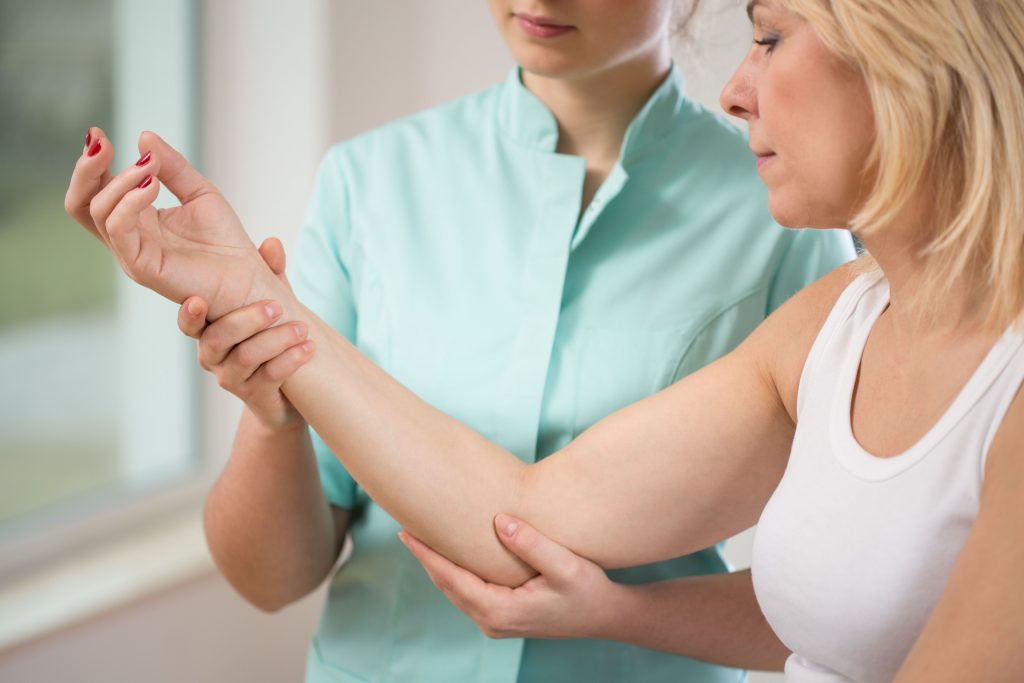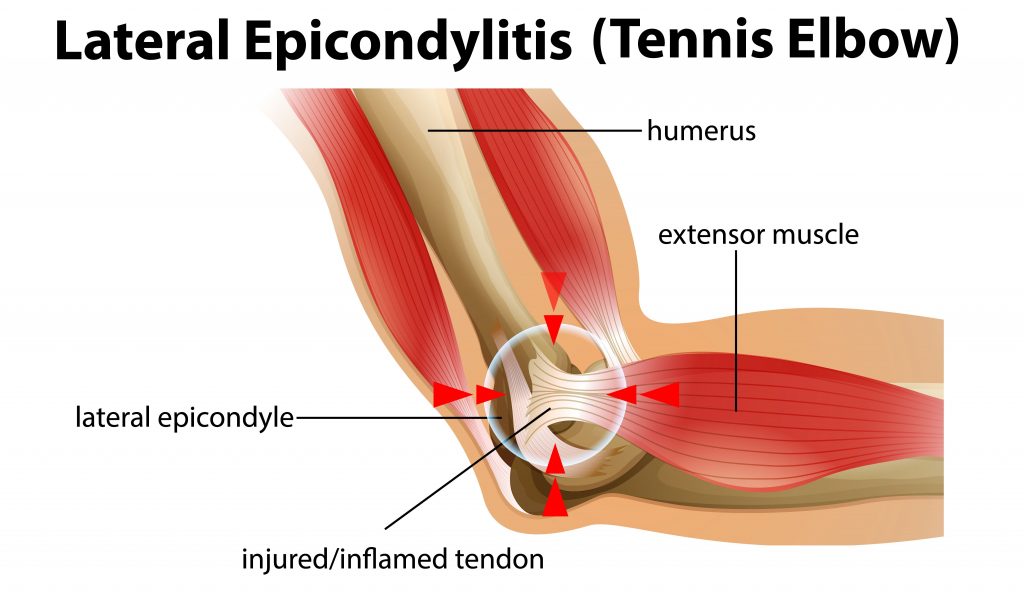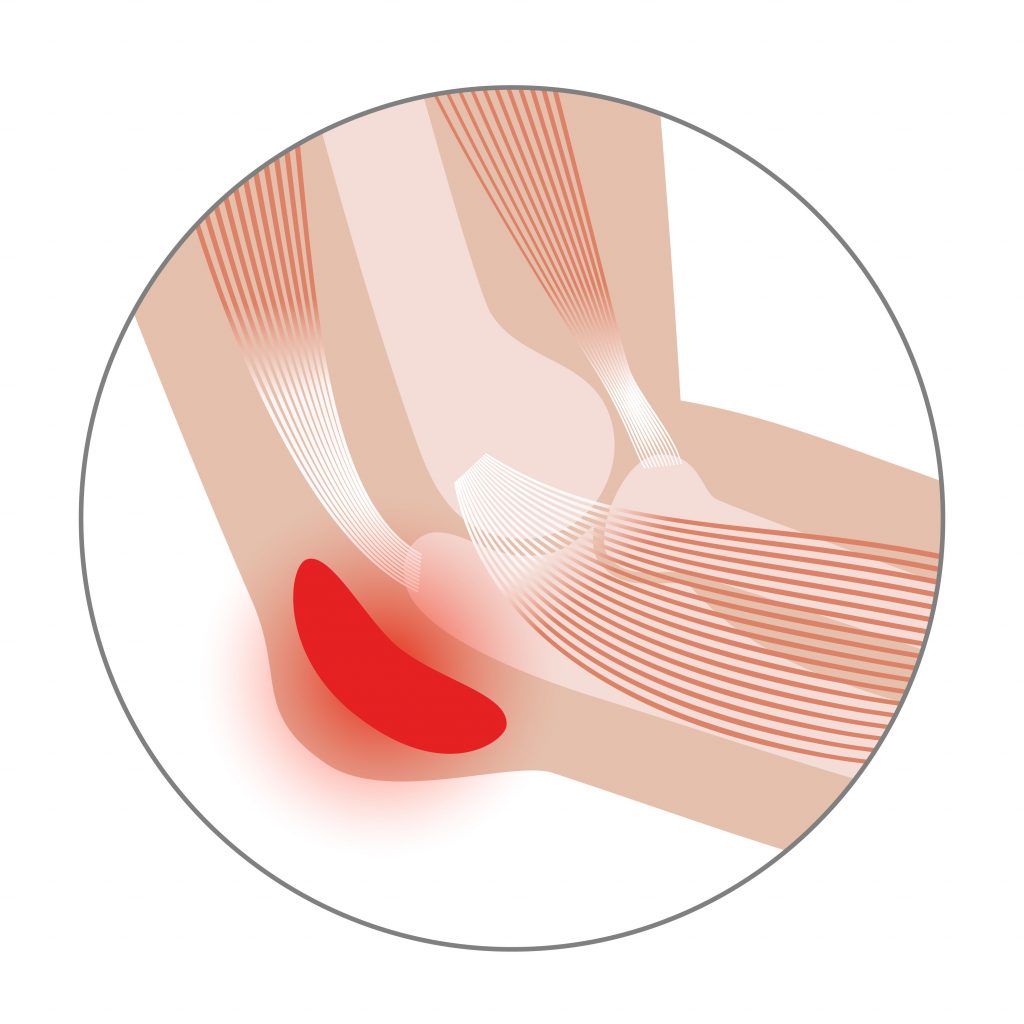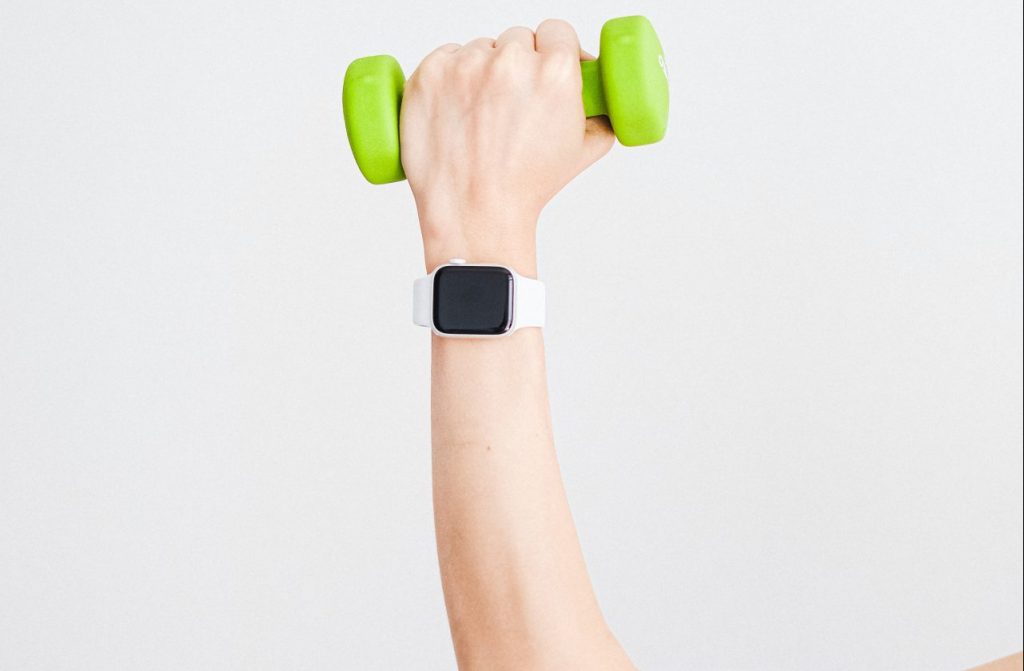The Difference Between Tennis Elbow And Bursitis

What Are Tennis Elbow and Bursitis?
Lateral epicondylitis, or tennis elbow, is a painful condition traditionally thought to be caused by repetitive, overloading arm motions. Once these muscles become overloaded, they may weaken and the tendons that connect your muscles and bones may become inflamed, degenerate, or tear.

Actually, science and surgeons have not really figured out why people get this condition. It is a degenerative process that typically involves the extensor carpi radialis brevis muscle tendon. This tendon starts on the outside (lateral) or thumb-side aspect of the elbo at the point of attachment of the muscles that extend the wrist.
With tennis elbow, you may notice burning or pain in the outer elbow, pain when bending your arm, a weak grip, a swollen elbow joint, or stiffness and pain that comes from extending your arm. This pain typically gets worse over time. The condition can be self-limiting but can take months to a year to resolve.
While the pain associated with tennis elbow is related to tendons, the pain from bursitis comes from inflammation or irritation of the bursae.

Bursae are fluid-filled pads that cushion joints like your elbow. If you’re experiencing a swollen bursa, it is likely the result of consistent, or overly repetitive motions, much like in the case of tennis elbow. Bursitis in the elbow might be brought about by a direct blow to the olecranon (point of the elbow) or even by gout or another inflammatory condition. Sometimes, bursal sacs simply become inflamed for no apparent reason.
Bursitis can occur throughout your body, including your shoulders, knees, feet, and hips. If the fluid pouch is large enough, physicians can drain them and improve your comfort levels. Compression helps as well.
Although the root cause of the pain associated with these conditions differ, the risk factors can be similar.
Risk Factors For Tennis Elbow and Bursitis
Risk factors for tennis elbow and bursitis are similar – those repetitive motions associated with certain physical tasks can be the most prevalent cause of both these conditions; actually it may be that repetitive motions simply make the conditions noticeable too. As stated, sometimes these things happen randomly and there is no reason. Degeneration, chronic low-grade inflammation and oxidative stress are also systemic reasons for fluid sacs to fill with inflammatory substances.
Tennis elbow can affect anyone, but typically those who participate in activities that require repetitive motion with their arms are at higher risk of having symptoms. This can include work or hobbies involving painting, carpentry, bowling, golfing, or – as the name suggests, tennis.
These repetitive tasks may also lead to bursitis, but can include poor posture or an incorrectly positioned joint or bone. For example, if the scapula is poorly positioned due to posture issues, the elbow and wrist are more likely to have problems. Or, if the wrist has abnormal mechanics during grip, more effort is needed at the elbow’s attachment point of the extensor muscles. All of this must be considered when devising a treatment plan.
Bursitis can lead to pain, limiting your range of motion along with swelling and other common signs of inflammation like warmth and redness.
You can prevent both these conditions by learning and practicing good form for the activities you’re participating in.
You can strengthen the muscles around your joint to prevent tennis elbow by weight training and by stretching before use. Likely, you will need an evaluation by a physical therapist to determine your mechanics prior to engaging in a focused rehabilitation protocol.
If you’re putting a lot of weight on your joints either through external pressure like kneeling, or by maintaining an unhealthy weight, then you’re at higher risk for bursitis. You’ll want to give yourself plenty of support during activities and prevent stress to the joint while taking enough breaks.
It’s important to listen to your body as well – if you feel pain in your elbow, or anywhere for that matter, you’ll want to take inventory of where and how you’re experiencing pain. It may be that you are having a gout flare. If the reason is unknown and you are concerned, seek professional opinions.

You can prevent both these conditions by learning and practicing good form for the activities you’re participating in.
You can strengthen the muscles around your joint to prevent tennis elbow by weight training and by stretching before use. Likely, you will need an evaluation by a physical therapist to determine your mechanics prior to engaging in a focused rehabilitation protocol.
If you’re putting a lot of weight on your joints either through external pressure like kneeling, or by maintaining an unhealthy weight, then you’re at higher risk for bursitis. You’ll want to give yourself plenty of support during activities and prevent stress to the joint while taking enough breaks.
It’s important to listen to your body as well – if you feel pain in your elbow, or anywhere for that matter, you’ll want to take inventory of where and how you’re experiencing pain. It may be that you are having a gout flare. If the reason is unknown and you are concerned, seek professional opinions.
Treat Pain And Inflammation With Well Theory
If you’re experiencing pain as a result of either tennis elbow or bursitis, you can find relief with Well Theory.
Because a root issue with pain associated with both these conditions is inflammation and oxidative stress, there are a number of supplements you can take to alleviate your pain.
Tart Cherry Extract is a single-ingredient supplement that comes in capsule form, as opposed to juice that can be bitter or contain sugars. It helps your connective tissue by reducing inflammation and supporting healthy blood flow.
Our Joint Health Multi contains several ingredients that combat inflammation while reducing pain naturally.This formula is designed to help you digest turmeric more easily, as opposed to other supplements with turmeric at the forefront. The Joint Health Multi is a great alternative to NSAIDs that can come with harsh side effects.
The combination of these two natural supplements can be a great way to start combatting the joint and muscular pain associated with both tennis elbow and bursitis.
Our topical formulations might be wonderful applications in this situation as well. The lateral epicondylitis and olecranon bursitis issues are fairly superficial and a topical pain cream is a great approach to them.





